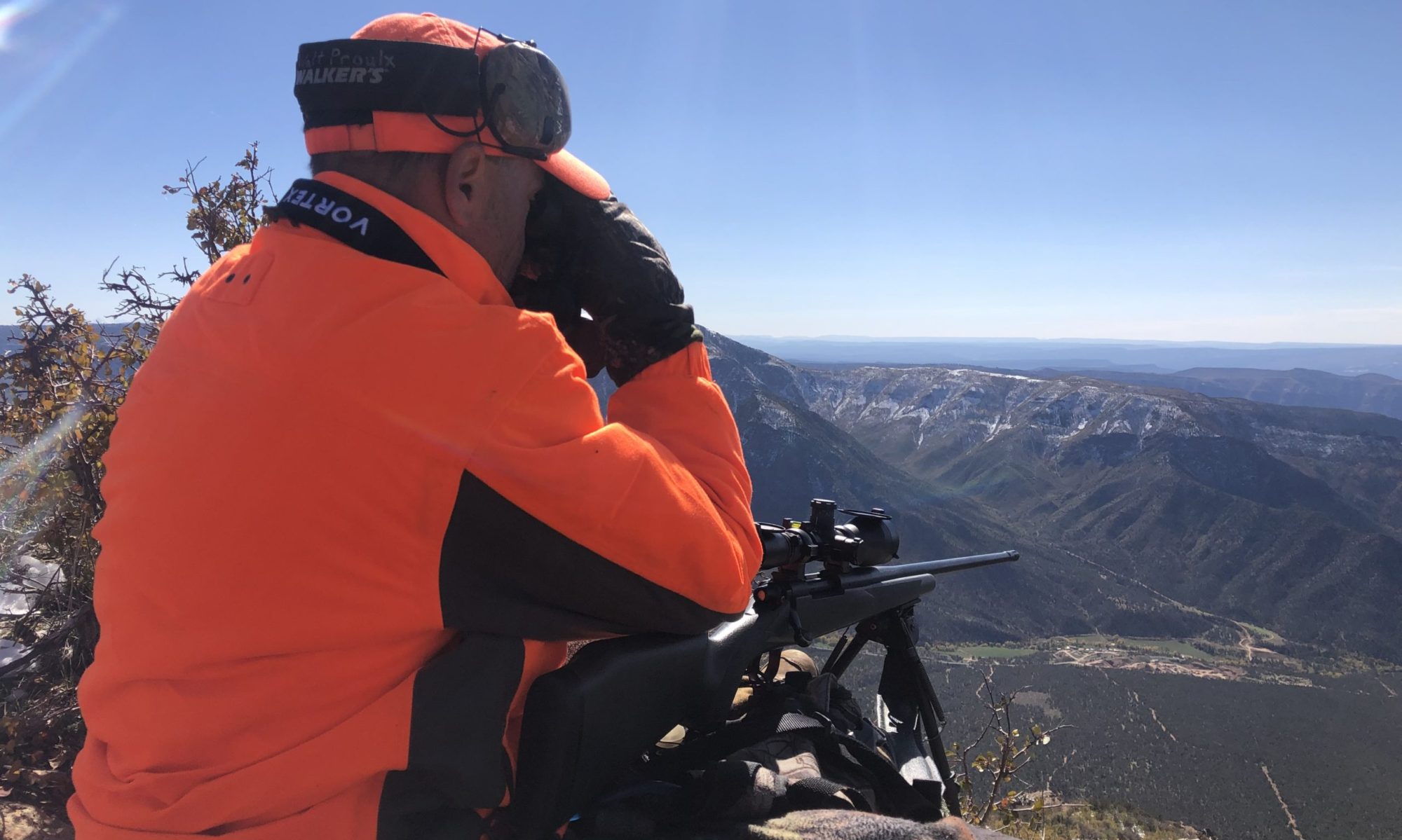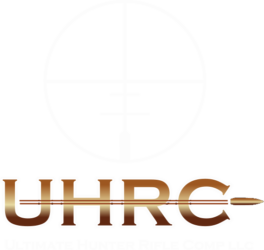“Why don’t you allow shooting bags or tripods?”
Though they are incredible tools, there are already multiple shooting sports that accommodate their use. Because we shoot blind stages and try to avoid mandating positional shooting whenever possible, there would be many cases in which a shooter would be able to set their rifle on a tripod and gain a tremendous competitive advantage over anyone else without one. This would create a gear race, and that is one of the main things we were looking to avoid with the development of this sport.
I haven’t met every hunter, but I have yet to see one carrying a large, heavy, specialized bag to shoot off of in the mountains (that’s not to say it can’t happen, but I wouldn’t call it common). I have, however, frequently seen hunters use a pack, a rolled-up hoodie, or some other improvised rest that wasn’t predominantly designed as a shooting bag.
See the video here.
“Why do you have an approved cartridge list?”
Because we allow shots as close as 100 yards, we had to implement cartridge limitations in the interest of preserving targets. A velocity cap, ft. lbs. energy calculation, or power factor regulation system would require us to weigh and chronograph rounds for every competitor using a round capable of damaging the targets.
See the video here. (Skip ahead to 4:00)
“Why isn’t my preferred round on the approved cartridge list?”
The answer to this is twofold. Considering the sheer vast number of different niche wildcat cartridge iterations, our list was developed with the intent of accommodating 99% of the hunters in America, and the rounds they use to hunt. Additionally, there are many cartridges that conform to our velocity limitation guidelines in some loadings, but significantly exceed it with others. Considering the competitive advantage to a faster, flatter-shooting round, unfortunately some of those cartridges were omitted from the list.
“Why are the targets so big? A 12”x12” plate at 500 yards is not a challenge.”
For starters, the Ultimate Hunter family of competitions is based on just that, hunting. In our opinion, you shouldn’t be taking shots at animals that you aren’t certain you can make. A 12”x12” square represents the kill zone on any big game animal in North America, from a Couse Deer to a Yukon Moose. The shooting challenge remains because in the scoring system we use, both first round hits and a fast stage time is rewarded. You could hit every target in a stage with your first shot (collecting the maximum available number of points), but if someone else manages to do the same thing 1/100th of a second faster, they win.

